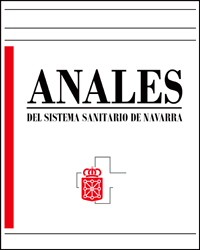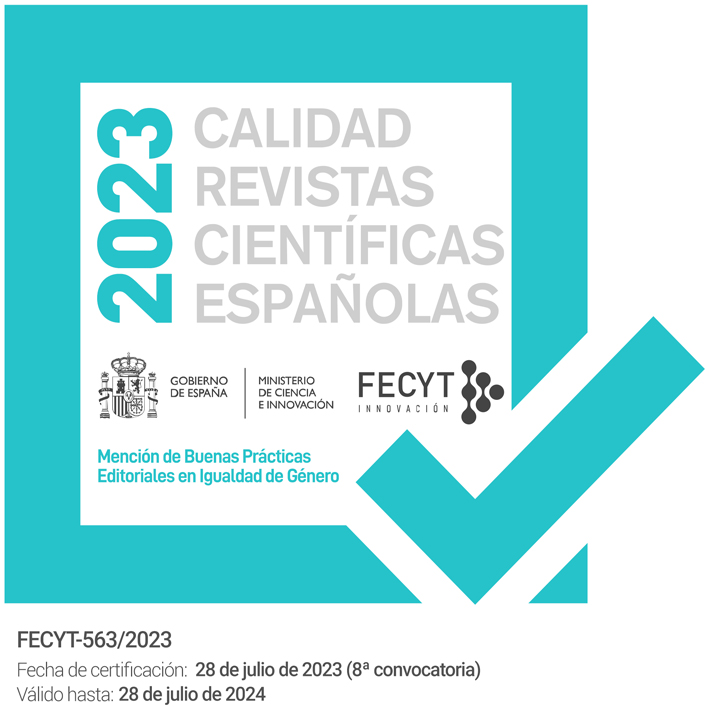Program for the early detection of hyperphenylalaninemia: 11 years on
DOI:
https://doi.org/10.23938/ASSN.0676Keywords:
Fenilalanina. Hiperfenilalaninemia. Detección Precoz.Abstract
In 1980 the Neonatal Screening Program was set in motion in Navarra. One of its aims is the early detection of hyperphenylalaninemias. In 1987 the quantification of phenylalanine came to be carried out in the Clinical Chemistry Department of the Hospital of Navarra. From then until December 1997, 51,815 newborn babies have been studied, which represents 99.24% of the infants born in Navarra. The quantification of phenylalanine in dried blood spots during 1989 enabled us to obtain the reference interval for this aminoacid that is contained between 69.5 ± 0.01 µmo1/L and 139.9 ± 0.03 µmo1/L. During these 11 years we detected 2 cases of phenylketonuric hyperphenylalaninemia and one case of transitory hyperphenylalaninemia. From the clinical point of view, the children are well at present, following prescription of adequate treatment, which is based on a diet with a low phenylalanine content.Downloads
Downloads
Published
How to Cite
Issue
Section
License
La revista Anales del Sistema Sanitario de Navarra es publicada por el Departamento de Salud del Gobierno de Navarra (España), quien conserva los derechos patrimoniales (copyright ) sobre el artículo publicado y favorece y permite la difusión del mismo bajo licencia Creative Commons Reconocimiento-CompartirIgual 4.0 Internacional (CC BY-SA 4.0). Esta licencia permite copiar, usar, difundir, transmitir y exponer públicamente el artículo, siempre que siempre que se cite la autoría y la publicación inicial en Anales del Sistema Sanitario de Navarra, y se distinga la existencia de esta licencia de uso.








